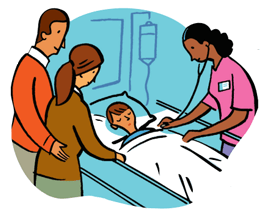- Find a Doctor
-
For Parents
- Before Your Visit
- During Your Visit
- After Your Visit
- More Resources for Parents
Patient & Visitor Resources -
Services
- Locations
-
About Us
- About Childrens
- Find it Fast
- Additional Resources
Find it FastAdditional Resources - MyCHP
ALERT:
There is construction in and around UPMC Children’s Hospital that is affecting the traffic flow – please allow for extra time traveling into the hospital.
- Find a Doctor
- For Parents
-
Services
-
Frequently Searched Services
- Asthma Center
- Brain Care Institute (Neurology & Neurosurgery)
- Cancer
- UPMC Children's Express Care
- Ear, Nose, & Throat (ENT)
- Emergency Medicine
- Endocrinology
- Gastroenterology
- Heart Institute
- Genetic & Genomic Medicine
- Infectious Diseases
- Nephrology
- Newborn Medicine
- Primary Care
- Pulmonary Medicine
- Rheumatology
- Surgery
- Transplant Programs
- See All Services
-
Frequently Searched Services
- Locations
- About Us
- MyCHP
- I Want To
- More Links









 At
At  Your child’s alveolar bone graft will be done at the Same Day Surgery Center at Children’s Hospital in Lawrenceville. When you have checked in at the Same Day Surgery Center, you and your child will be called to an examination room where your child’s health history will be taken and vital signs will be checked.
Your child’s alveolar bone graft will be done at the Same Day Surgery Center at Children’s Hospital in Lawrenceville. When you have checked in at the Same Day Surgery Center, you and your child will be called to an examination room where your child’s health history will be taken and vital signs will be checked. A complete list of instructions for taking care of your child at home will be given to you before you leave the hospital. The main things to remember are:
A complete list of instructions for taking care of your child at home will be given to you before you leave the hospital. The main things to remember are: